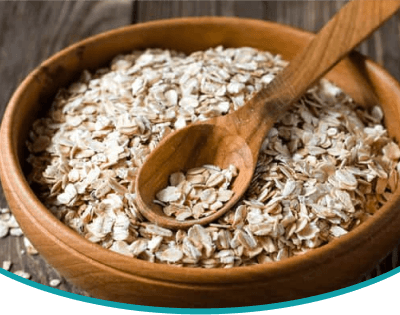
What Is Cryogenic Milling?
Cryogenic milling is a process where materials are cooled to ultra-low temperatures using liquid nitrogen (LN2) before milling or grinding.
Maintaining temperatures as low as -196°C (-321°F) prevents degradation of natural ingredients, ensuring enhanced product quality.
This innovative approach provides significant benefits, including enhanced productivity, reduced wear-and-tear on grinding equipment, decreased microbial load & lower energy consumption.
Now that we have an understanding of cryogenic milling, let's delve into the details of how this fascinating process is carried out.
This technology helps retain all the essential properties of gold as it relies solely on physical processing compared to conventional grinding and chemical processing that adulterates gold with toxic elements. Thus, making CryoGold completely free from any additives, toxic metals and absolutely safe to use!
How Does Cryogenic Milling Work?

Sample Preparation
Pieces of pure sample are placed in a stainless steel cryo jar along with five stainless steel balls, each with a diameter of 10 mm

Pre-Cooling
The grinding jar is placed inside an insulated container filled with liquid nitrogen (-196°C) until it reaches the right temperature for the process. This ensures that the sample gets embrittled, making it easier to grind.

Milling Process
The cryomill undergoes radial oscillations in a horizontal orientation, creating inertia in the grinding balls, transforming the sample into finer micronized particles.

Sieving, Testing & Packaging
Following milling, the sample is sieved to isolate desired-sized particles. These microparticles undergo rigorous safety and efficacy testing before being weighed, sealed, and aseptically packaged.










